Discover The Most Beautiful Places In St. John’s Tourist Visit
We Discover The Most Beautiful Places In St. John’s Tourist Visit. These are the top 3 places in St. John’s tourists visit the most.
- Signal Hill National Historic Site
- Cape Spear Lighthouse
- The Rooms Museum
We are unearthing the Treasures of Signal Hill National Historic Site. Welcome to Signal Hill National Historic Site, a place of profound historical significance and breathtaking natural beauty. Situated on top of a hill in St. John’s, this iconic landmark has captured the hearts of locals and visitors. This comprehensive travel guide will explore the most frequently asked questions about Signal Hill National Historic Site, revealing its fascinating history, unique attractions, and practical travel tips. Whether you are a history enthusiast, nature lover, or avid traveller, Signal Hill promises an unforgettable experience.
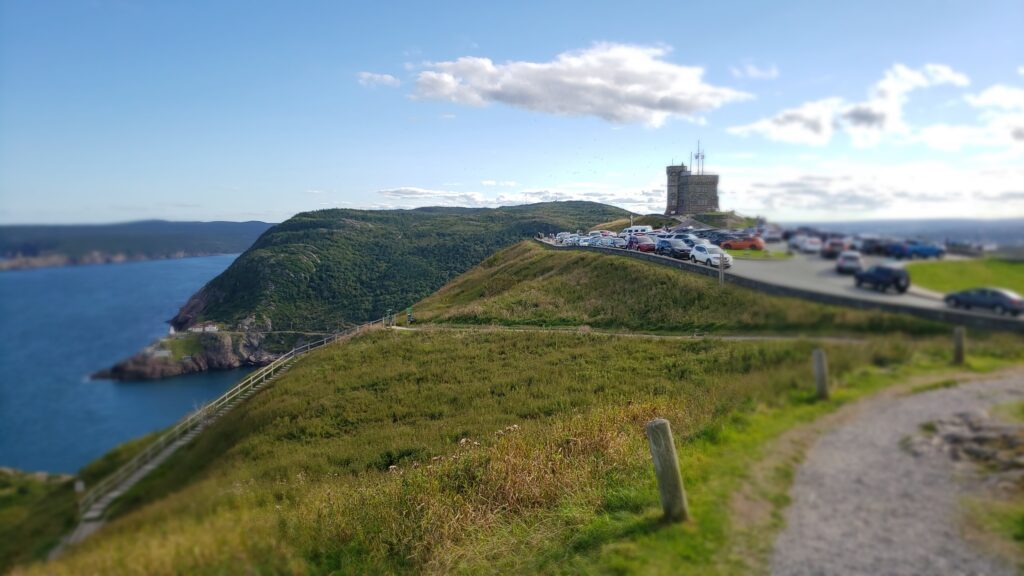
1. What is Signal Hill National Historic Site?
Signal Hill National Historic Site is a historic location situated in St. John’s, Newfoundland, Canada. It holds tremendous historical importance; this is where the first transatlantic wireless transmission was received, connecting North America and Europe. The hill has been used for military purposes, making it a strategic vantage point during the conflict.
2. What are the main attractions at Signal Hill National Historic Site?

Cabot Tower: The iconic Cabot Tower stands proudly on top of Signal Hill, offering stunning panoramic views of the city, coastline, and surrounding landscapes. It was constructed honouring John Cabot’s voyage to Newfoundland.
Historic Sites: Explore the remains of military fortifications and barracks that showcase Signal Hill’s importance throughout history.
Hiking Trails: Signal Hill boasts several picturesque hiking trails with varying difficulty levels, allowing you to immerse yourself in nature and Newfoundland rugged beauty.
- Johnson GEO Centre
- Newfoundland Chocolate Company and Cafe
- Visitor Center
3. What is the best time to visit Signal Hill National Historic Site?
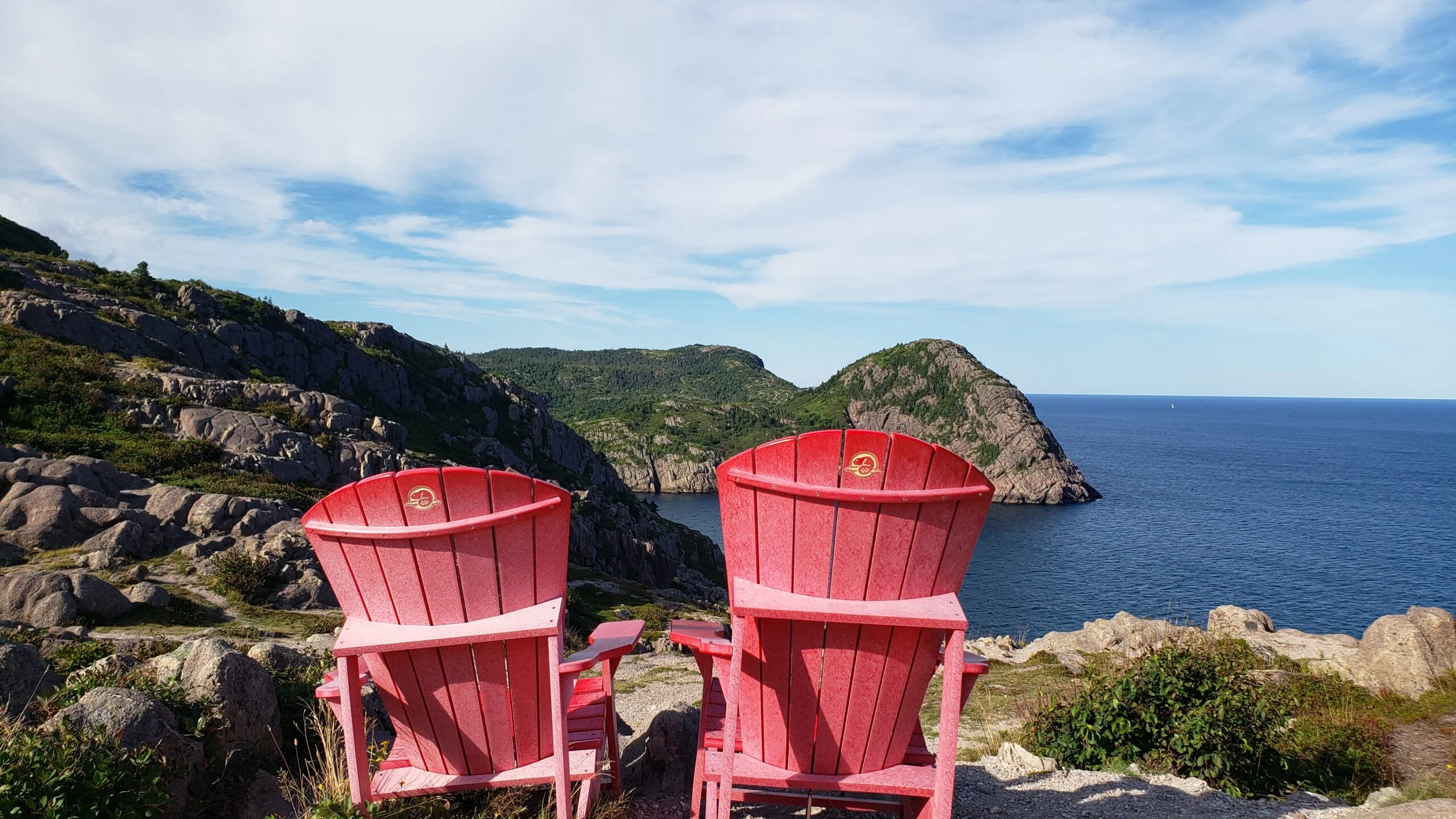
The best time to visit Signal Hill is during the summer months, from late June to early September. The weather is generally milder, making it more enjoyable to explore the outdoor attractions. Additionally, this period offers extended daylight hours, allowing visitors to make the most of their experience.
4. How do I get to Signal Hill National Historic Site?
To reach Signal Hill, you can either hike from the city or drive to the site’s parking area. The hike is invigorating and offers stunning vistas along the way. If you drive, follow your Google GPS from St. John’s to Signal Hill. Ample parking will be available.

5. Is there a fee to visit Signal Hill National Historic Site?
No, there is no entrance fee for Signal Hill National Historic Site. Visiting this National Historic Site is free.
6. Are guided tours available for Signal Hill?
Yes, guided tours are available for Signal Hill National Historic Site. All guide tours are led by knowledgeable guides who provide insights into the site’s history, architecture, and natural surroundings. A guided tour can enhance your understanding of the site and ensure you get all the hidden gems.
7. What safety measures should I consider while visiting Signal Hill?
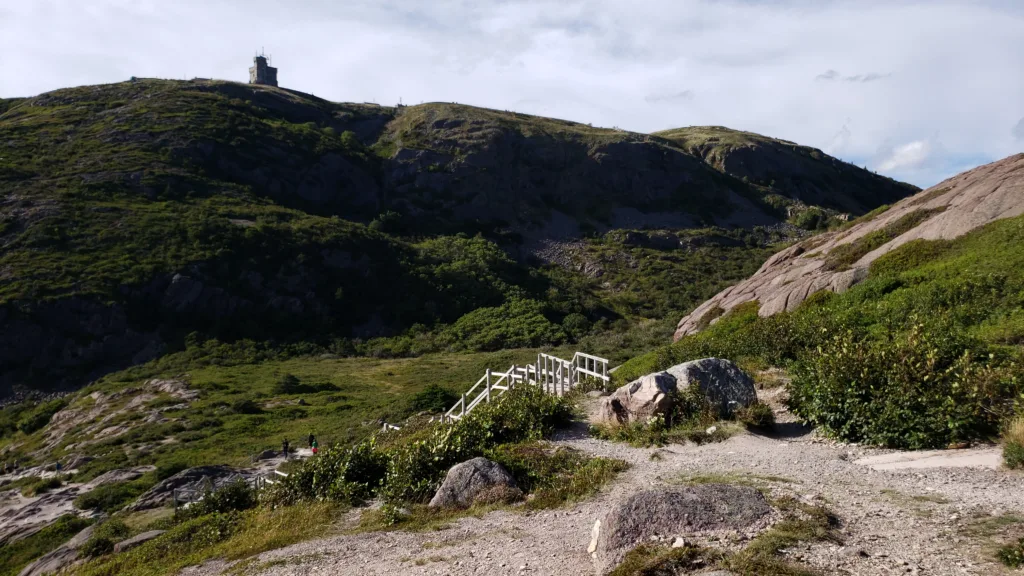
Weather Preparation: Newfoundland weather can be unpredictable, so dress in layers and bring rain gear, even on sunny days.
Stay on Marked Trails: While exploring the hiking trails, stick to the designated paths to protect the delicate natural environment and avoid potential hazards.
Respect Wildlife: Signal Hill is home to various wildlife species, including birds and mammals. Maintain a safe distance, and avoid feeding and approaching them.
8. Can I bring my pet to Signal Hill National Historic Site?
Yes, leashed pets are welcome at Signal Hill. However, be mindful of other visitors and clean up after your pet to preserve the site’s cleanliness and beauty.
9. Are there any nearby accommodations for visitors?
St. John’s, the capital city of Newfoundland, offers many accommodation options to suit various budgets and preferences. From bed and breakfasts to luxury hotels, you’ll find something suitable for your stay.
10. What are some nearby attractions to Signal Hill?
The Rooms: A fascinating cultural center in St. John’s, The Rooms houses the provincial museum, art gallery, and archives, showcasing Newfoundland and Labrador rich heritage and contemporary art.
Cape Spear Lighthouse: Located nearby, Cape Spear is the eastern-most point of North America and home to a historic lighthouse offering breathtaking coastal views.
Signal Hill National Historic Site is a treasure trove of history and natural beauty, beckoning travellers worldwide to explore its wonders. This iconic landmark has much to offer, from its significance in communication history to the inspiring vistas from Cabot Tower.
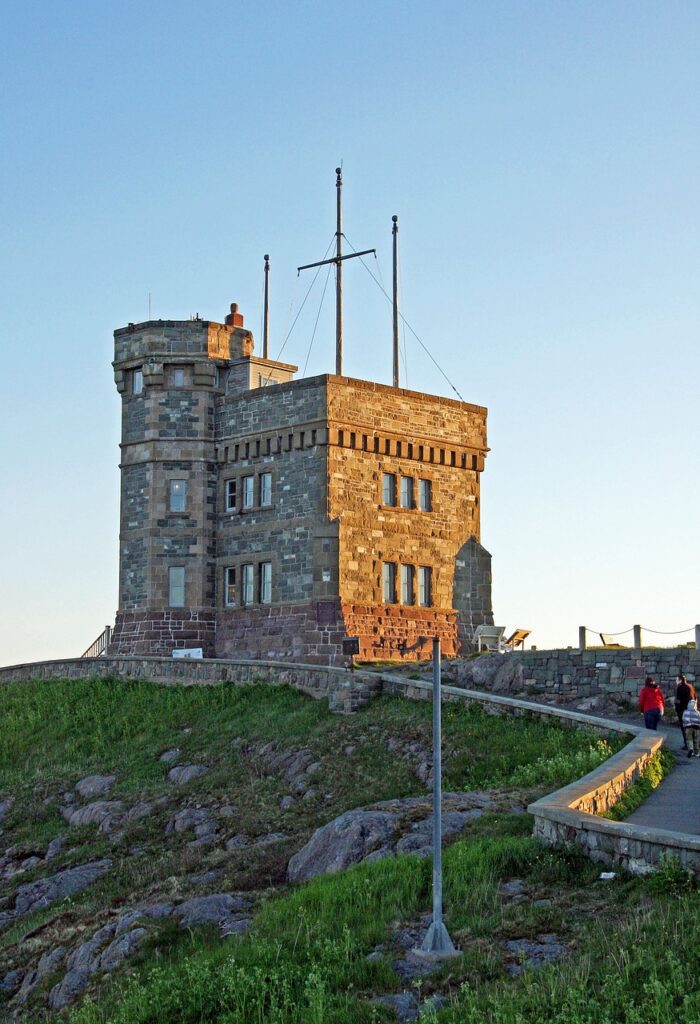
6 Newfoundland and Labrador Travel Guides.
- 15 Destinations For The Most Family Fun In Newfoundland.
- The Best Hotels In St. John’s Newfoundland For Your Stay.
- The best 11 Newfoundland destinations for families to travel.
- 12 Of The Best Beaches In Newfoundland To Visit.
- 10 Surprising Places To See This Summer In Newfoundland.
- The Best Memorable Tourist Things To Do In Newfoundland Now.
Next is Cape Spear Lighthouse National Historic Site.
Welcome to Cape Spear Lighthouse National Historic Site, a picturesque and historically significant destination near St. John’s. We will provide you with all the essential information you need to know about this iconic landmark. Whether you are a history enthusiast, a nature lover, or simply looking for a breathtaking view, Cape Spear Lighthouse will not disappoint. Let’s explore this unique site through a series of frequently asked questions.

1. What is Cape Spear Lighthouse?
Cape Spear Lighthouse is the eastern-most point in North America and home to one of the oldest surviving lighthouses in Newfoundland and Labrador. This historic site commemorates the significance of lighthouses in Atlantic history and their role in aiding navigation along Canada treacherous eastern coastline.
2. Where is Cape Spear Lighthouse National Historic Site located?
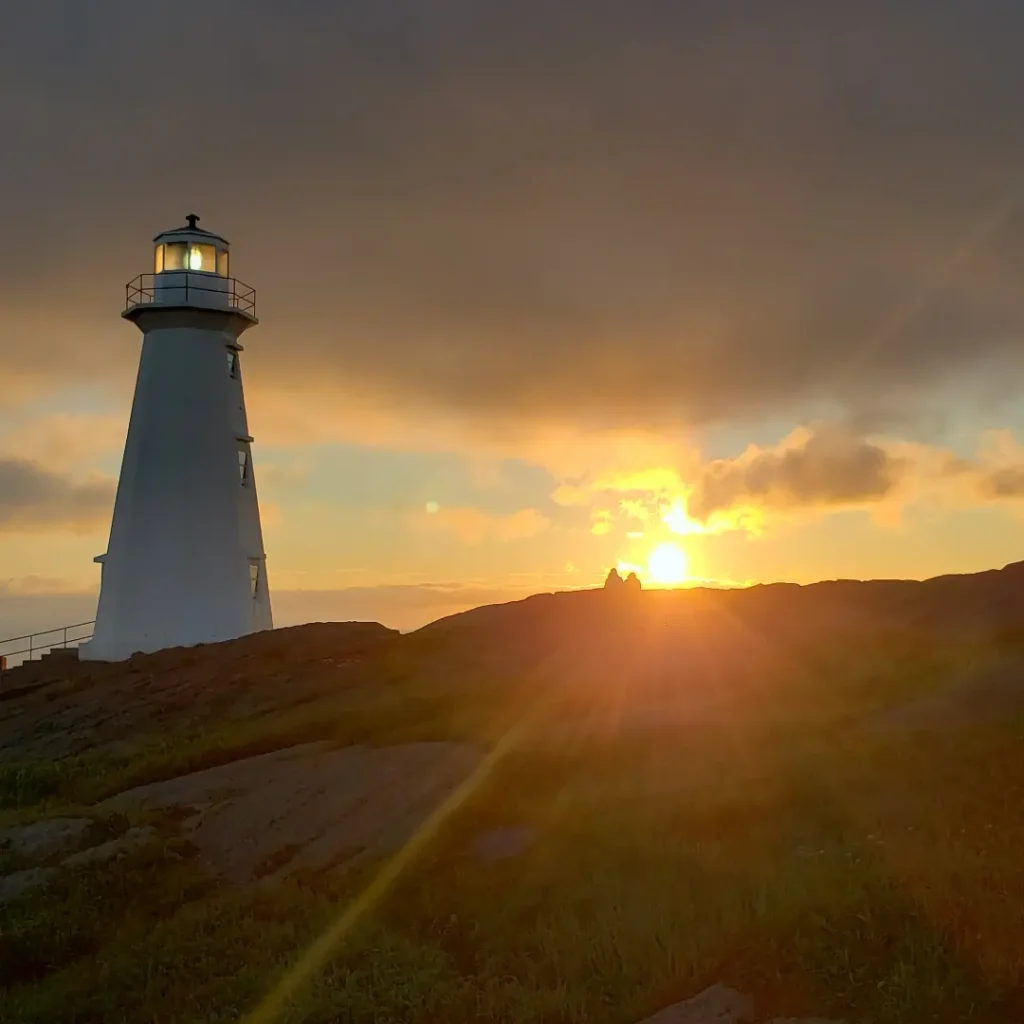
Cape Spear Lighthouse is situated on the Avalon Peninsula, approximately 17 kilometres from St. John’s. The site is easily accessible by road, which makes it a popular destination for locals and tourists.
3. What is the history behind Cape Spear Lighthouse?
The lighthouse’s strategic location played a crucial role in guiding ships safely into port. Over the years, the lighthouse underwent various upgrades and renovations to improve its effectiveness.
4. Can you visit the Cape Spear Lighthouse?
Yes, Cape Spear Lighthouse National Historic Site is open to visitors year-round. Parks Canada manages the site.
5. What are the highlights of Cape Spear Lighthouse?
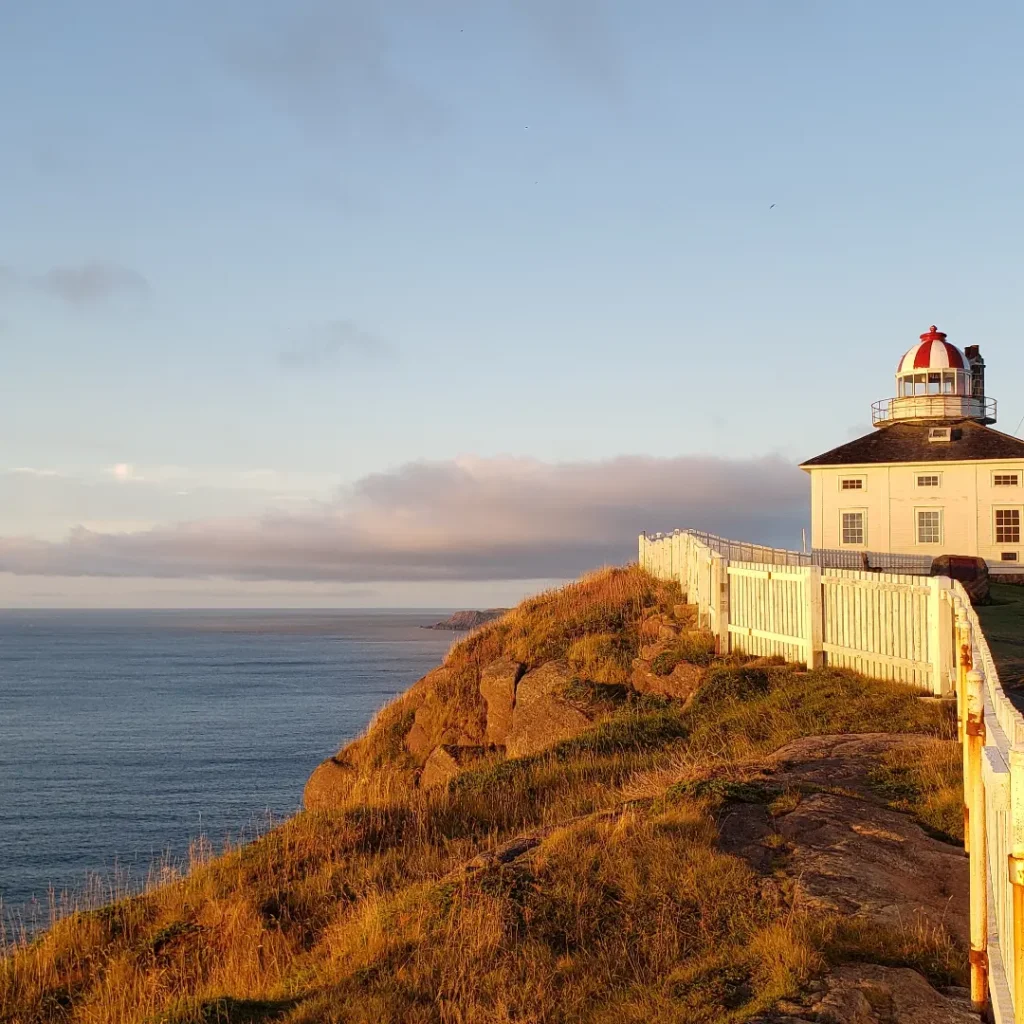
The main highlights of Cape Spear Lighthouse include:
Historic Lighthouse: Explore the well-preserved lighthouse and learn about its history through interpretive displays.
Scenic Trails: Stroll along the scenic coastal trails offering great views of the rugged coastline and the vast Atlantic Ocean.
Whale Watching: Cape Spear is a prime location for whale watching, particularly during summer, when humpback whales migrate to the area.
Birdwatching: The site is also a haven for birdwatchers, with various seabird species nesting along the cliffs.
6. Are there any special events or activities at Cape Spear Lighthouse?

Throughout the year, Cape Spear Lighthouse National Historic Site hosts special events and activities celebrating its Atlantic heritage. These events may include guided tours, storytelling sessions, photography workshops, and cultural presentations. Check the Parks Canada website for event schedules during your visit.
7. What is the best time to visit Cape Spear Lighthouse?
The best time to visit Cape Spear Lighthouse is June to August when the weather is milder and more activities are available. This is also the peak tourist season, so expect larger crowds. If you prefer a quieter experience, visit in the spring (April to May) or fall (September to October).

8. How long should I plan to spend at Cape Spear Lighthouse?
The time you need at Cape Spear Lighthouse can vary depending on your interests. A visit to the lighthouse and a short walk along the coastal trails can take around 1 to 2 hours. However, if you plan to engage in whale watching, birdwatching, or attend special events, you should allocate more time accordingly.
Cape Spear Lighthouse National Historic Site is a fascinating destination that offers a perfect blend of history, natural beauty, and Atlantic heritage. Whether you’re captivated by the stories of the past, the breathtaking views, or the chance to encounter marine life, this iconic landmark will leave a lasting impression on your journey through Newfoundland and Labrador. As you plan your visit, remember to respect the site’s natural surroundings and historical significance, ensuring it remains a treasure for future generations. Enjoy your adventure at Cape Spear Lighthouse!
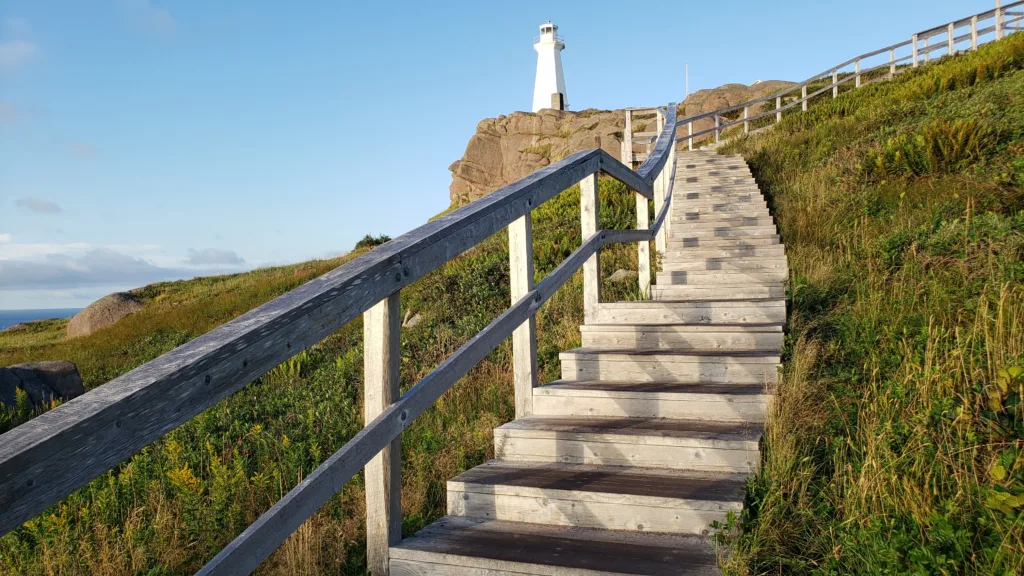
Then The Rooms Museum.
A Fascinating Travel Guide to Newfoundland Cultural Gem. Welcome to our comprehensive travel guide about The Rooms Museum, one of Newfoundland most captivating cultural landmarks. To ensure a memorable and enriching visit, we will explore all aspects of The Rooms Museum, its history, exhibits, attractions, and practical information. Whether you’re a history enthusiast, an art lover, or simply curious about Newfoundland heritage, The Rooms Museum has something to offer you.

1. What is The Rooms Museum, and where is it located?
The Rooms Museum is a provincial cultural institution in St. John’s, located at 9 Bonaventure Ave, St. John’s, NL. Its striking architecture overlooks the scenic St. John’s harbour, making it a prominent landmark.
2. What are the main attractions and exhibits at The Rooms Museum?
The museum offers diverse exhibits showcasing Newfoundland and Labrador rich cultural heritage. Some of the main attractions include:
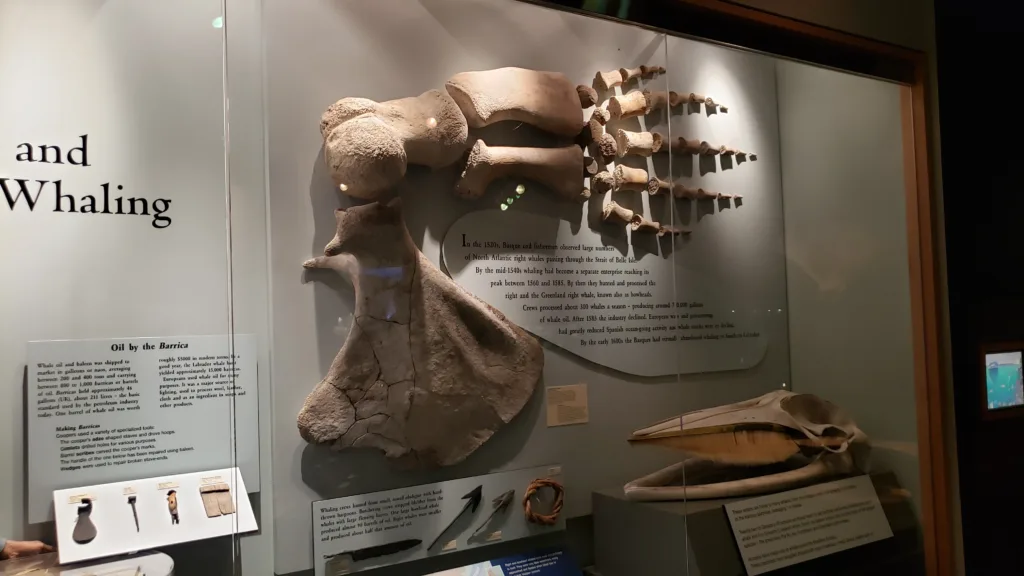
The Museum Gallery: This section displays artifacts and stories from Newfoundland and Labrador past, including exhibits on indigenous cultures, early settlers, Atlantic history, and more.
The Art Gallery: Home to an extensive collection of local and Canadian art, the gallery features works of renowned artists and contemporary masterpieces.
The Archives: History enthusiasts can explore an extensive collection of documents, photographs, and records that provide valuable insights into the province’s past.
The Rooms Café: After a fulfilling exploration, visitors can relax at the café, offering stunning views of the harbour and delicious local cuisine.
3. What is the historical significance of The Rooms Museum?
The Rooms Museum was established in 2005. Beyond its cultural importance, The Rooms Museum stands as a symbol of Newfoundland resilience, celebrating its distinct heritage while embracing modernity.
4. How can visitors make the most of their visit to The Rooms Museum?

To ensure a fulfilling experience, here are some tips for visitors:
Guided Tours: Join a guided tour to gain deeper insights into the exhibits and stories behind the artifacts.
Check for Events: The museum often hosts events, workshops, and temporary exhibitions that enhance the overall experience.
Plan Sufficient Time: Allocate enough time to explore all three divisions fully, as there is much to see and absorb.
Enjoy the Views: Remember to admire the breathtaking views of St. John’s harbour from the museum’s observation decks.

5. How can one access practical information about The Rooms Museum?
Visitors can refer to the official museum website for up-to-date information about The Rooms Museum, including opening hours, admission fees, and special events. Additionally, following The Rooms Museum’s social media accounts for the latest updates and announcements is beneficial.
The Rooms Museum is a must-visit destination for anyone seeking to explore the vibrant cultural heritage of Newfoundland and Labrador. Its extensive exhibits, captivating history, and breathtaking views promise an unforgettable journey through the province past and present.
The best time to visit Newfoundland.
Newfoundland, with its stunning landscapes and rich cultural heritage, is a destination that beckons travellers throughout the year. Deciding on the best time to visit this Canadian gem depends on your preferences and the experiences you seek.
Summer Splendor (Best Time to Visit Newfoundland)
For those who crave mild temperatures and an abundance of outdoor activities, summer (June to August) is the prime time to explore Newfoundland. During these months, the island comes alive with vibrant wildflowers and breathtaking coastal scenery. It’s the ideal time for hiking the renowned East Coast Trail or embarking on boat tours to witness majestic icebergs drifting along the coastline.
Whale Watching Extravaganza
Late spring to early summer is also the peak season for whale watching, as humpback and minke whales migrate to Newfoundland and Labrador coastal waters. A whale-watching adventure in places like Bay Bulls or Trinity Bay promises awe-inspiring encounters with these magnificent marine creatures.
One optimal period for whale watching in Newfoundland is during the summer months, particularly from late June to early August. During this time, the waters around the island are teeming with various whale species, including humpback whales, minke whales, and orcas. The warmer temperatures create favourable conditions for these marine giants, making it an ideal time for visitors seeking an up-close encounter.
Moreover, late spring also offers excellent opportunities for whale watching. In May, as the ice begins to recede, and in September, as the waters cool down, whales migrate through Newfoundland’s coastal waters to become slower. This migration pattern provides a unique chance to witness these incredible creatures on their journey, adding extra excitement to your adventure.
Fall Foliage and Tranquility
As summer bids farewell, Newfoundland transforms into a canvas of autumnal hues. September and October bring crisp air and a kaleidoscope of colours to the landscape. This is ideal for photographers and nature enthusiasts who want to witness the changing foliage and enjoy the tranquillity before winter.
Winter Wonderland
While not as popular as the warmer seasons, winter in Newfoundland offers a unique charm. The landscape is blanketed in snow from December to February, creating a picturesque winter wonderland. Adventure seekers can try snowshoeing or cross-country skiing, while those seeking a quieter retreat can cozy up by the fireplace in a charming bed-and-breakfast.
Determining the best time to visit Newfoundland depends on your interests and the experiences you crave. Whether it’s the vibrant summer, the colourful fall, or the serene winter, Newfoundland welcomes travellers with open arms throughout the year. Each season has its allure, providing a range of experiences for every type of adventurer.
These are the best travel planning resources you should use.
Looking to book your trip to Newfoundland and Labrador? Use these resources that are tried and tested by other travellers like you who vacation in Newfoundland and Labrador. Bookmark these links. Save them for future reference.
Booking Flights, Hotels or B&B: Start planning your next vacation trip by finding the best flight, hotel or b&b deals. Book Here
Finding things to do in Newfoundland and Labrador on TripAdvisor and Viator is not hard. Enjoy boat tours, whale watching, icebergs watching, kayaking and other activities.
You can also find low prices on hotels, B&B and cabins with these two providers. If you are located in Canada, the USA, the UK or Europe, use Booking.com, and if you are in Canada, the USA or anywhere else, use TripAdvisor.
Car Rental: Here is what we recommend:
When you book with Rentalcars.com, you can compare prices and find the best vehicle for your trip. Economybookings.com Display all their vehicle on the website with a detailed description. They display high-quality photos and a user rating as well. Qeeq.com serves road trip travellers like you from different countries by working with car rental companies worldwide.
Get compensated if your flight is delayed or cancel
AirHelp and Compensateair will help you with flight delays, cancellations, or denied boarding. All you need to do is to submit your flight details, and they will handle the claim process on your behalf. They will handle all the paperwork, airline negotiations, and legal proceedings.
Do you need more help planning your trip?
Check out our Resources Page, where we highlight all the resources and companies you can use to assist with your planning.



